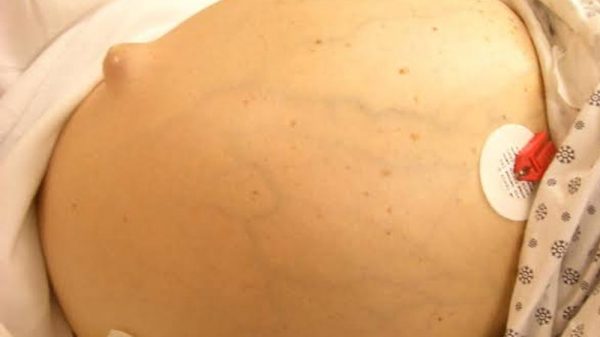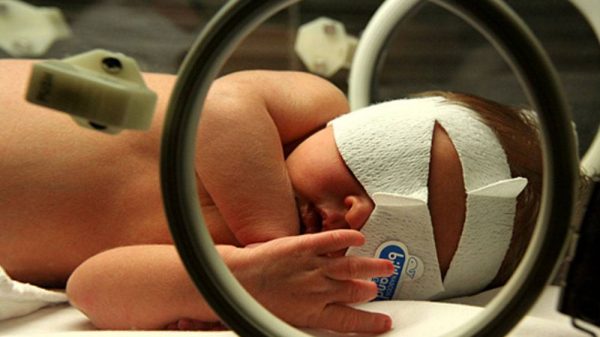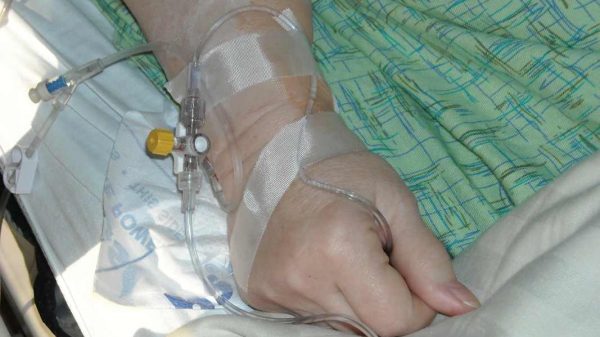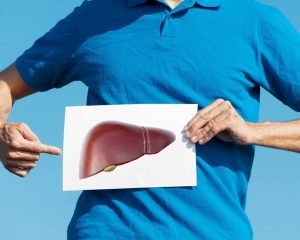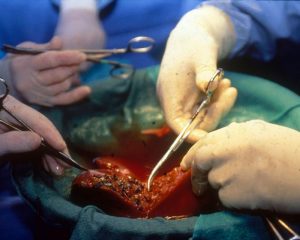Are you considering a liver transplant? If so then you should know about the liver transplant waiting list by state. Fun Fact: Since 1988 over 750,000 organ transplants have taken place. Liver transplants are one of the most common ones. In fact, the liver is the human body’s largest solid organ and performs several key functions. So it’s important to deal with liver disease as effectively as possible. This includes different stages including liver inflammation, fibrosis (scarring), cirrhosis, and failure. The only “cure” for liver cirrhosis is a liver transplant. So if you have a late-stage liver disease it’s important to make sure you treat it as effectively as possible. This can help to treat complications and slow down the scarring.
However, in the case of late-stage liver cirrhosis, one of the most practical treatments is a liver transplant. This is a complex process. For example, there’s the cost that can be over half a million USD. If you don’t have health insurance the out-of-pocket expenses will be quite high. However, even if you secure the funds you might not qualify for an organ transplant depending on your organ’s state. However, if you qualify you’ll be put on a waiting list until an organ donor is available.
What exactly Is a Liver Transplant?
This is a surgical procedure that’s done to remove part or all of a diseased liver. There are two main kinds of transplants. A diseased donor provides a whole liver and a living donor provides a partial liver. Both types of implants can help boost the patient’s liver.
Fun Fact: The liver is the only organ in the human body that can grow back. So when a donor gives part of his/her liver it can grow back within weeks. In fact, it grows back to the previous size before the operation.
A liver transplant is critical when a person experiences liver failure. In fact, it can literally save the patient’s life. However, the process of receiving a donated liver is very complex. So it’s critical to know how the process works, including issues like the costs, MELD scores, and so on.
In 2017 there were over 7,-000 live transplants done in the USA. Nearly 600 were performed on patients in the under-17 age group.
There are various reasons why people receive a liver transplant. They include injury and disease. There are various reasons people have this medical procedure. They include live cancer, alcoholic liver disease, non-alcoholic fatty liver disease (NAFLD), and hepatitis-caused cirrhosis.
People often link heavy alcoholic drinking to liver cirrhosis. This is the most serious type. However, there are various other causes including genetics, unhealthy diet, medications, infections, etc.
Regardless of the cause, it’s important to be diagnosed properly. This includes different tests including imaging/blood tests. Afterward, a biopsy is sometimes used to verify the previous tests. These are all important tools so a doctor can determine whether or not a patient indeed has liver cirrhosis.
This condition is related to heavy scarring that takes place in the liver. It starts as fibrosis then can progress to cirrhosis over time. This highlights the need to treat the condition effectively.
Liver Transplant Waiting List by State
While a liver transplant can be life-saving, it can also be difficult to secure. There are various reasons. One of the main ones is the high cost. It’s important to make sure you have the needed funds to cover the costs. This could be through health insurance, personal savings. If you have health insurance it will make the procedure much more affordable.
The need for liver donors continues to grow. In fact, there are now 14,000+ people waiting for a liver transplant. The key is to find a good match while on the waiting list. It can be a difficult process. So it’s important to know how the process works including diseased/living donors.
One of the key features of the waiting list is something called End-stage Liver Disease (MELD). This score helps to determine where you rank on the waiting list. Even if you have liver cirrhosis you might not qualify for a liver transplant based on your health condition.
The MELD score shows the chance of passing away during the next three months. A higher score means you’re higher on the waiting list. So you have a greater chance of getting a liver transplant if an organ is available.
While on the list you’re required to get follow-up checkups and bloodwork every couple of months. This helps to check/update the MELD score. When there are changes you could receive a higher priority on the waiting list. This could speed up how soon you qualify for a donated organ.
Organ matching is done by weighing several factors. They include:
- Age
- MELD score
- Blood type
- Distance between donor/recipient
- Waiting time
- Size of donor’s/recipient’s organ size
It’s important to note that a donated liver is able to be preserved for up to 12 hours. So it’s important for a qualified patient to receive the liver quickly.
Tips for Boosting Liver Health
1. Lose weight
This is especially important in terms of avoiding being overweight and obese. For example, reducing your body fat also reduces your liver’s fat.
2. Maintain a healthy diet
This includes low-fat and high-fiber. This is the best general approach to take in order to treat your liver cirrhosis as effectively as possible. You should especially reduce your intake of saturated/trans fats since these are less healthy than unsaturated fats.
Besides eating more fat make sure you’re also eating more high-fiber foods including whole grains, nuts/seeds, vegetables, and fruits.
You should also try to reduce your total meat intake since it’s harder to digest than plant-based foods. When consuming meat, it’s better to go with chicken, fish, and seafood instead of pork/beef.
3. Stay active
It’s important to stay active throughout the day whether it’s at work, school, gym, or home. Make sure you get in cardio or weight-resistance workouts most days of the week. This can help to provide several health benefits including a stronger immune system.
It can also provide several other health benefits. They include higher energy levels, lower stress on the liver, and lower risk of obesity. These are all factors that can help to improve your liver health. You don’t even have to do gym workouts. The key is to stay active and do enough cardio/strength-training.
4. Reduce/Stop alcohol consumption
This is especially critical if you have alcohol-related liver disease. In that case, it’s especially important to avoid all alcohol as much as possible. The reason is the alcohol can cause more liver scarring, which you’ll want to avoid.
Even if your liver disease is non-alcohol related it’s still a good idea to limit alcohol. There are various alternatives like sparkling water, which produces a similar taste as alcoholic drinks without alcohol, to help avoid liver transplant waiting list by state.
